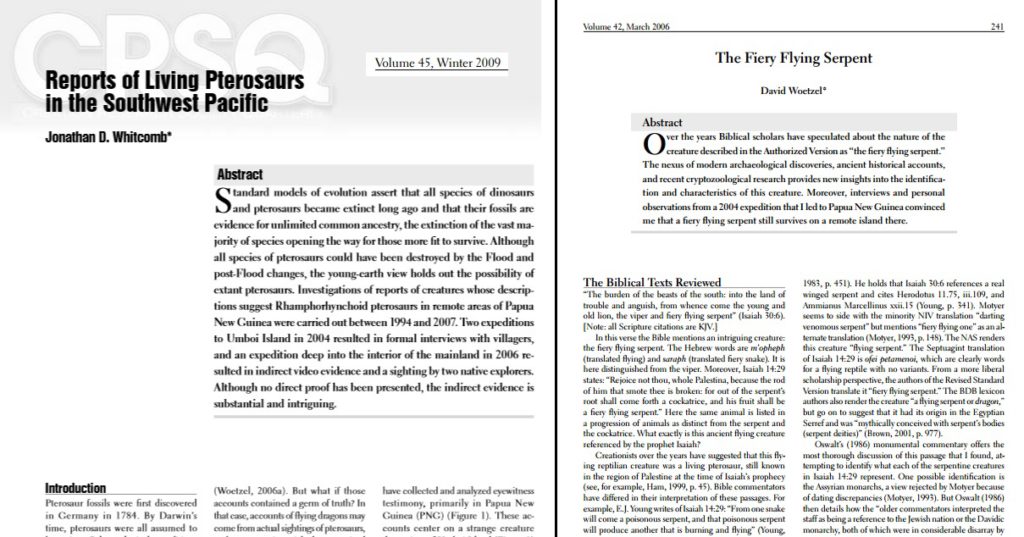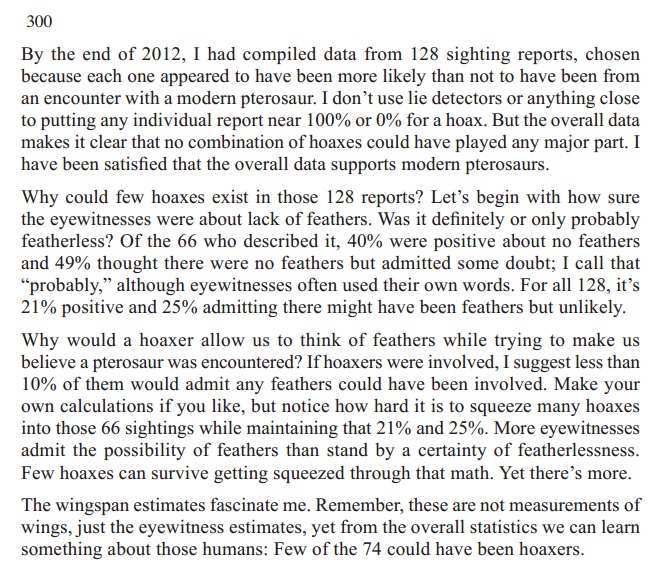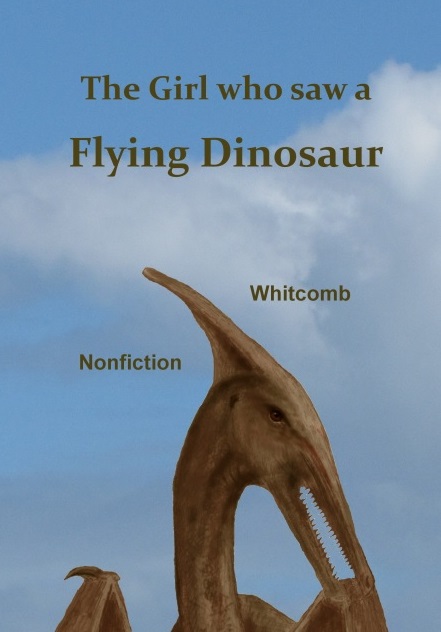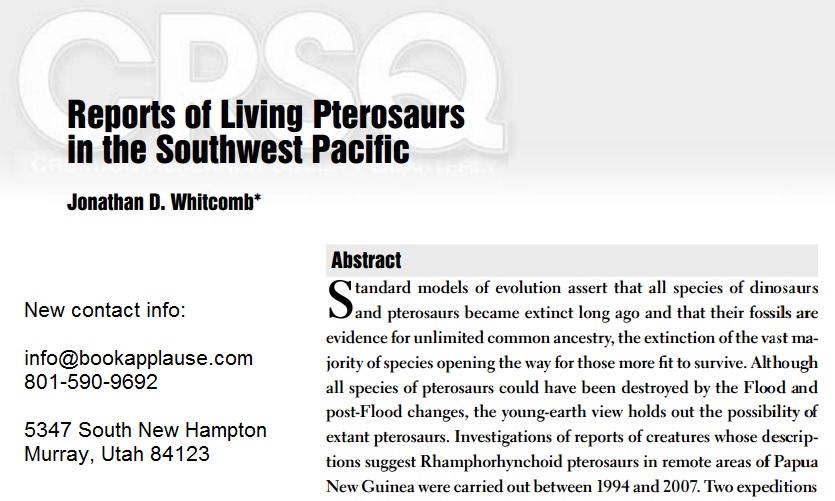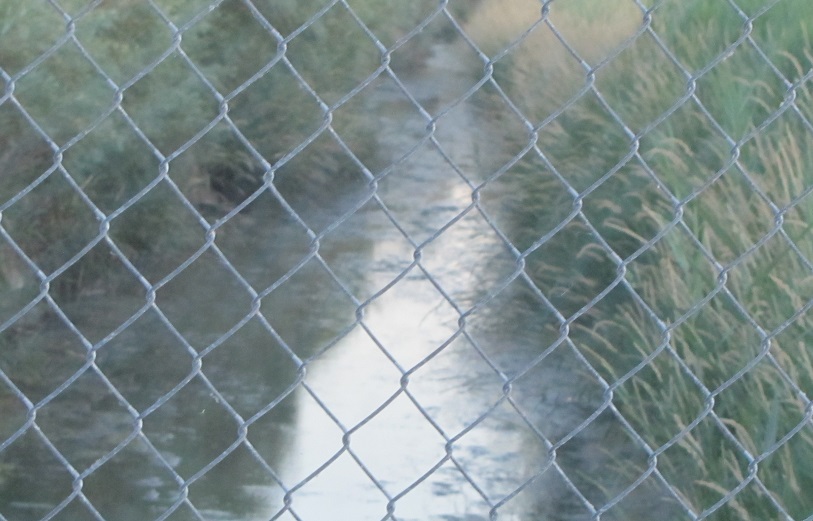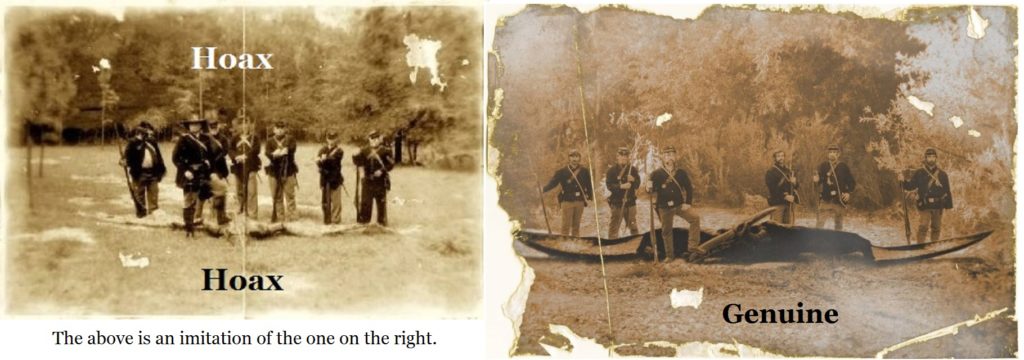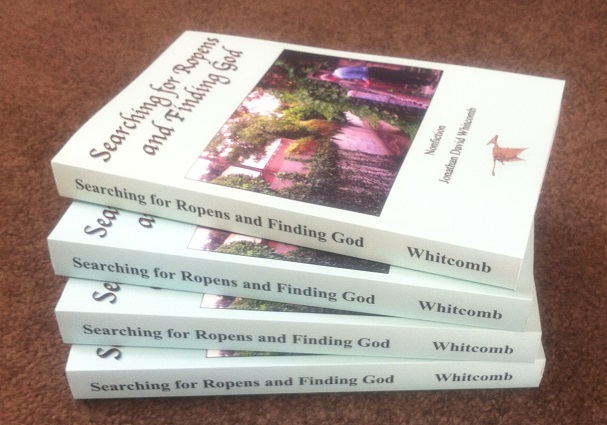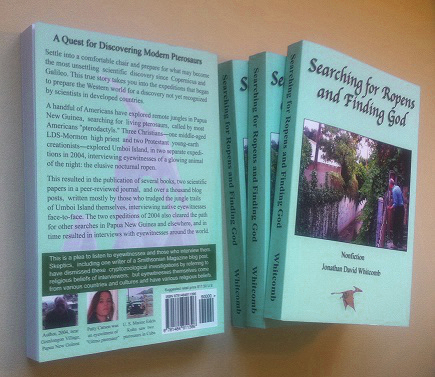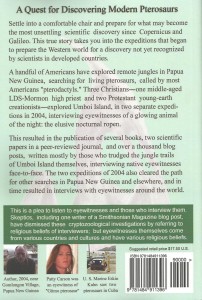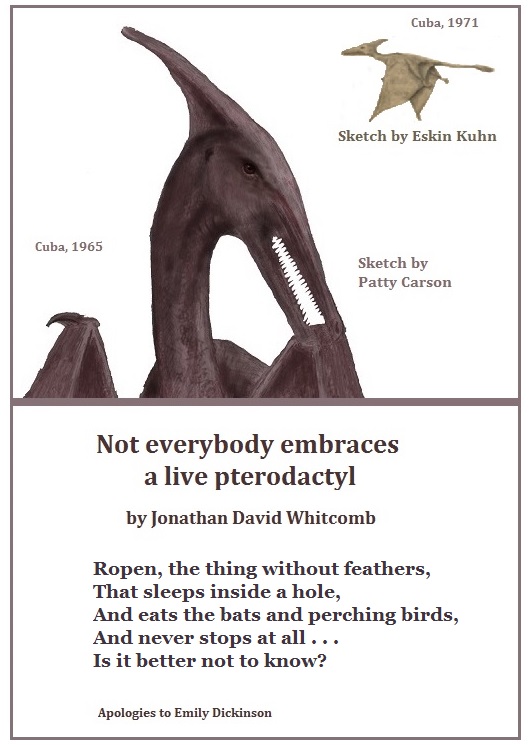Real Science
By nonfiction author Jonathan Whitcomb
The following, at least in part, will probably be included in my upcoming book One LDS Perspective on Evolution [update on March of 2021: This has been postponed]:
Real science is not what’s in a box having a label including the word “science.” It’s how you look into a box. It’s like a particular pair of reading glasses. They usually help you see better while searching through boxes with labels having words like “biology” and “astronomy,” but that doesn’t mean you can’t wear them while searching through a cryptozoology box.
A box labeled “biology” may invite you to put on your real-science reading glasses, and that label may suggest that some people might have worn those glasses while packing that box, but real science is in how we look at things.
Should we ever take off our real-science reading glasses? Of course, especially while enjoying a lovely landscape by looking out a window. We can use those glasses to clean the windowpane, as long as we remember to remove those reading glasses afterwards, to enjoy the outdoor scenery.
Cryptozoology and Science
Glen Kuban has written much in criticizing my investigation of reports of living pterosaurs. To be brief, he seems to be trying to convince people that the work my associates and I have undertaken is not scientific. David Woetzel and I, however, have written scientific papers on living pterosaurs, published in a peer-reviewed journal:
- “The Fiery Flying Serpent” – by Woetzel
- “Reports of Living Pterosaurs in the Southwest Pacific” – by Whitcomb
From two scientific papers on modern pterosaurs (Whitcomb and Woetzel)
Kuban, on the other hand, appears to have never written any scientific paper (published in a peer-reviewed journal) on living pterosaurs (LP’s), at least not as of the end of 2018. I now respond to him, since he has brought up the subject of science and cryptozoology, and since he has extensively criticized my writings on LP’s.
A few years after the publication of my scientific paper on extant pterosaurs, I did a study of data that I had accumulated from eyewitness sightings. By early in 2013, I had compiled the data from sighting reports I had received through the end of 2012. The great majority of those 128 reports were from communications between me and the eyewitnesses, in other words first-hand accounts.
Using simple math, I found three independent characteristics of the data, each of them counting seriously against any possibility that hoaxes had any major impact in those 128 reported sightings:
- How sure eyewitnesses were of lack of feathers
- Wingspan estimates
- Long tails of the flying creatures
.
From page 300 of the book Searching for Ropens and Finding God (nonfiction)
I was not imagining what might have happened 65 million years ago. I simply looked at the present, using mathematics to try to learn how plausible it might be for hoaxes to have played any major part in the 128 reports. I discovered that three characteristics proved that hoaxes could not explain the overall sightings.
The Scientist Lord Kelvin
The first British scientist to be elevated to the House of Lords, the mathematical physicist and engineer Lord Kelvin once said the following:
“When you can measure what you are speaking about, and express it in numbers, you know something about it; when you cannot express it in numbers, your knowledge is of a meager and unsatisfactory kind.”
I suggest that writers who would ridicule those supporting living-pterosaur investigations think twice. Real science can thrive when scientists use math to make discoveries, and that is what I’ve done in this little-known branch of cryptozoology.
###
.
Living pterosaurs in a scientific paper
. . . be aware that much of my scientific paper is about two expeditions on Umboi Island, Papua New Guinea, in 2004. I led the first expedition, with my native interpreter Luke Paina; David Woetzel and Garth Guessman were assisted, a few weeks later, by the native interpreter Jacob Kepas.
.
Glen Kuban and Living Pterosaurs
I will not take the time to counter everything negative that Kuban says about me and my writings. I do not have a thousand hours or so that would be necessary to spend on it. I’ll just say that much of it is mostly false, some of it is almost entirely false, and a smaller portion of it is 100% false.
.
Scientific Paper on Modern Pterosaurs
I also include here a few details about some of my cryptozoology books, for the scientific paper is only 13 pages long, and my books have much more information. In addition, the books are more-recently published and contain more-recent sighting reports.
.
Those who search for living pterosaurs
These explorers including, but are not limited to, Jonathan Whitcomb, Garth Guessman, David Woetzel, and Paul Nation.
.
Flying creatures like pterodactyls
Eyewitness reports of living pterosaurs worldwide
.
